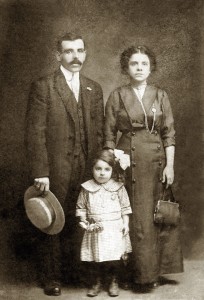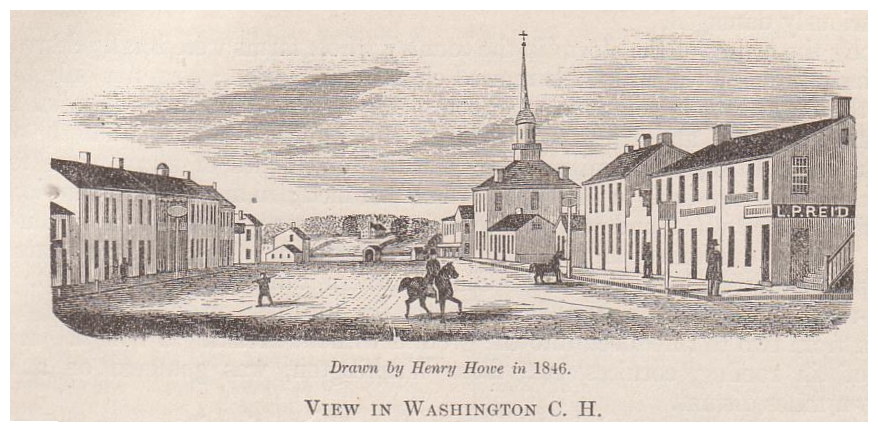I often hear, “I just signed up for Ancestry to find my family!” and I always want to caution people without crushing their excitement. Ancestry is awesome, don’t get me wrong – but you need to be discerning.
I’ve put together some tips that will hopefully be helpful. I write these imagining that you have already uploaded a family tree (or plan to) and that you have a basic sketch of your grandparents and possibly great-grandparents.
Tip 1
Check sources. When you’re looking at a family tree entry on Ancestry, in the Facts view, there is a column in the middle for sources. If the only source you see is Ancestry Family Trees, you may want to move along. This does not mean the tree is incorrect, but you have no way to verify it.
If you see Ancestry sources such as the 1860 United States Federal Census, Alabama, Select Marriages, 1816-1957, or U.S., Social Security Applications and Claims Index, 1936-2007—all with links to images on Ancestry, you’re in good shape. Alternately sources that link outside of Ancestry that are verifiable are also a good sign. I often cite historic books from Google Books in my tree.
Tip 2
Check sources. Wait, isn’t that tip number 1? It is, but this time I mean don’t just check that there are sources—go and look at those sources. Spend some time with the various census records the tree links to. Did the researcher get the data correct? Is it helpful to know who their neighbors were or what they did for a living? Open those census images and take a look, it’s worth it. I confirmed a great-great-great grandfather’s name because he was living nextdoor to the son I was researching.
Tip 3
Use the shoebox. So often when you’re researching someone you go down a rabbit hole of information. You’ll find records that you’re not sure you need, but you don’t want to close the window just yet. This is where the shoebox comes in handy. It’s a tool from Ancestry that functions as a digital shoebox in which to stuff notes, records, images, etc. It’s limbo for potentially useful content and data. Use it liberally and don’t worry—Ancestry never deletes it and you’ll never use too much space.
Tip 4
Don’t just stick to the global search box on the front page. Dig in deeper, browse records. Under the Search link in the top navigation, choose a sub-section of data and dive in. Check out the featured data collections in the right-hand side.
There will be information about each collection, search tips and sample images. Spend some time with those so that you’re prepared when you find a potential family record.
Ancestry also maintains a list of recently added and updated collections. Bookmark that page and check it out periodically. Better yet, make sure you’re subscribed to New Records Notifications in the Email Preferences section of your account profile.
Tip 5
Lastly, take a break from Ancestry and give some other sites a shot. As a part of the Mormon Church, FamilySearch offers (for free!) the largest collection of genealogical and historical records in the world.
Visit your local National Archives or your county’s records department. There’s nothing quite like seeing actual records and taking notes surrounded by other researchers. You’ll often find something that will surprise you.
Ancestry has been an amazing resource for those of us who used to spend hours at microfilm machines and leafing through books of indices. You can really build out a robust family tree on Ancestry.com, as long as you don’t take everything you find at face value. Dig deeper and you’ll be happy you did.
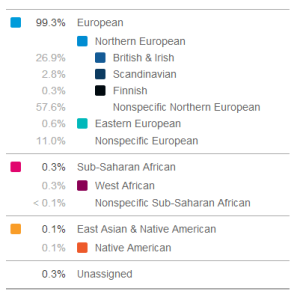
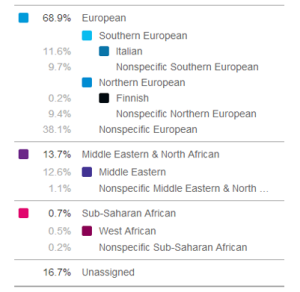
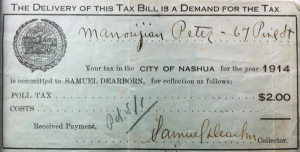 My mother’s cousin recently found their grandfather’s record of poll tax. My Armenian great-grandfather had fled the draft of the Ottoman Army and sailed to America in 1910. He arrived in Boston on February 6.
My mother’s cousin recently found their grandfather’s record of poll tax. My Armenian great-grandfather had fled the draft of the Ottoman Army and sailed to America in 1910. He arrived in Boston on February 6.